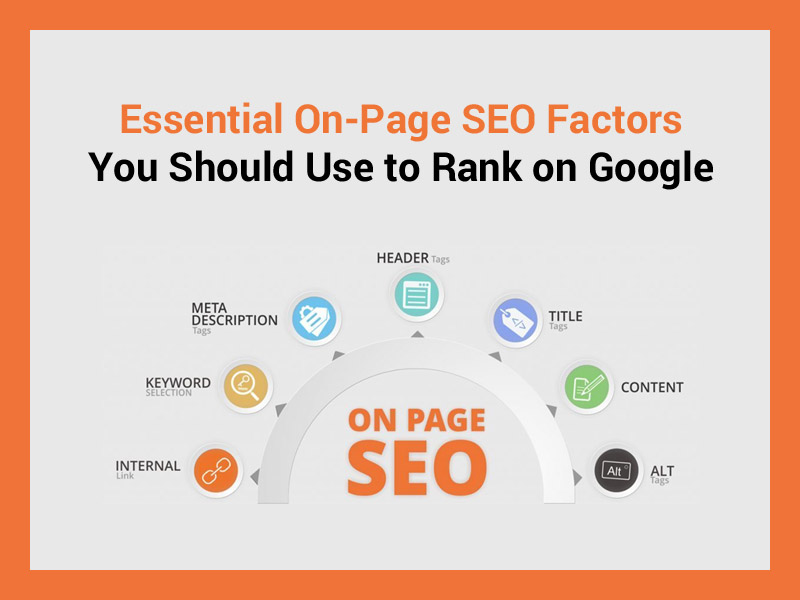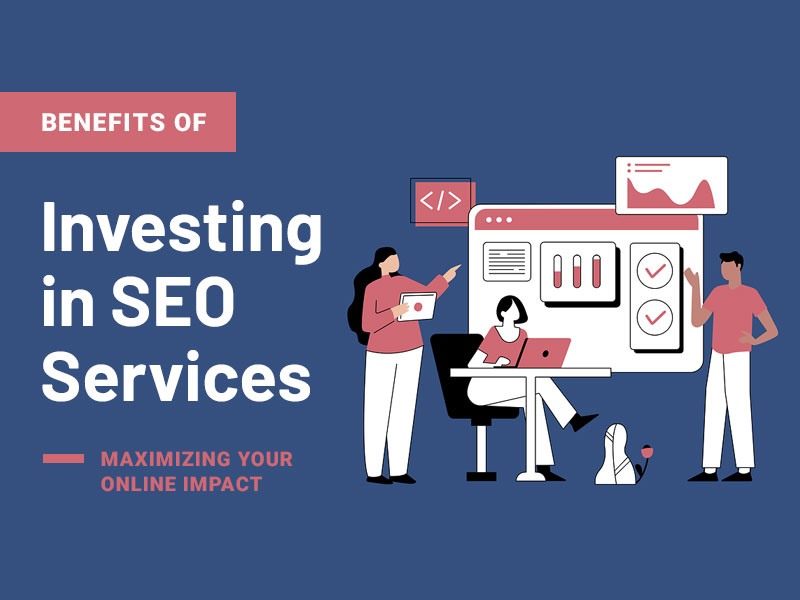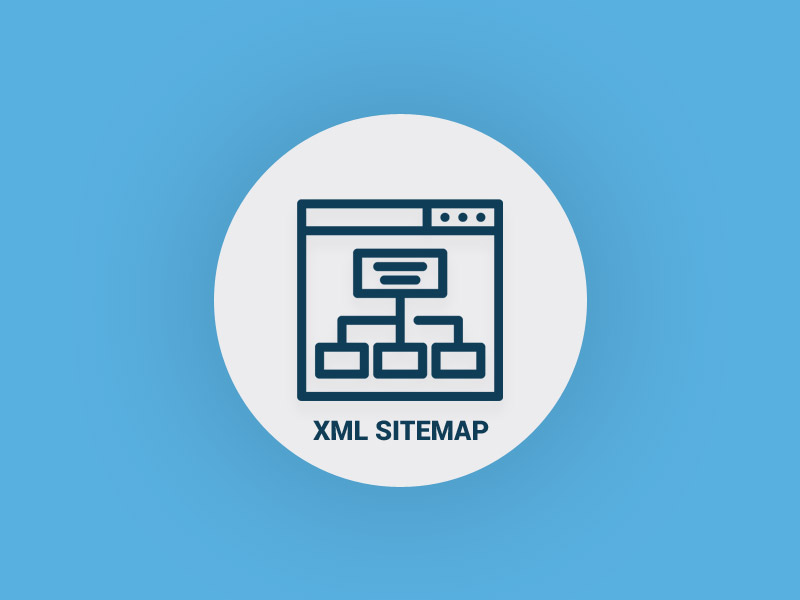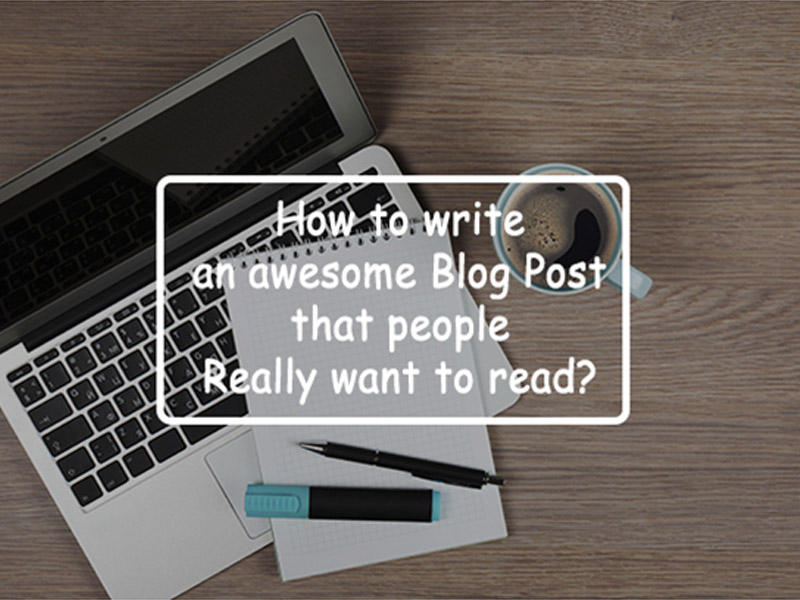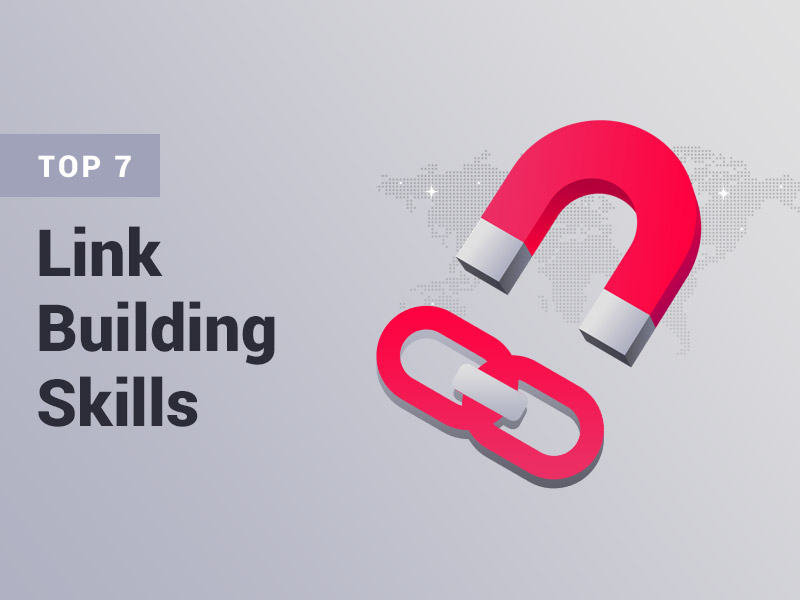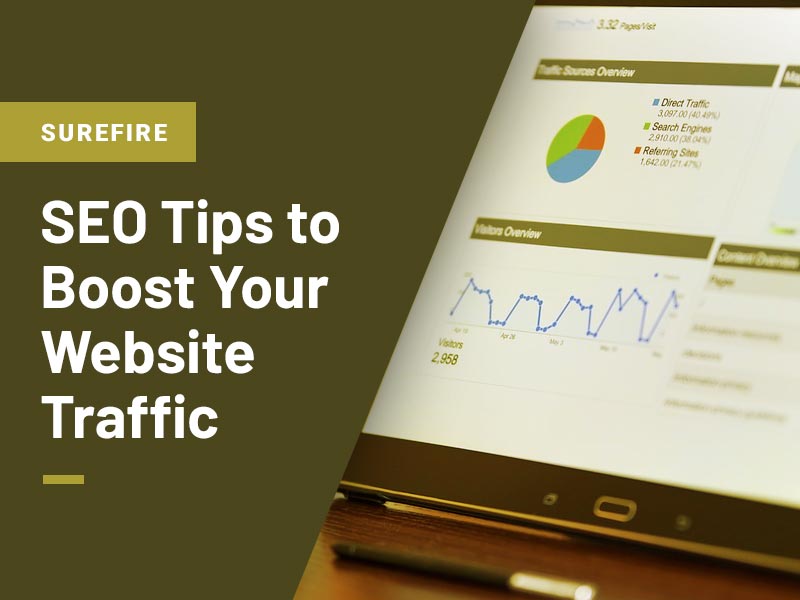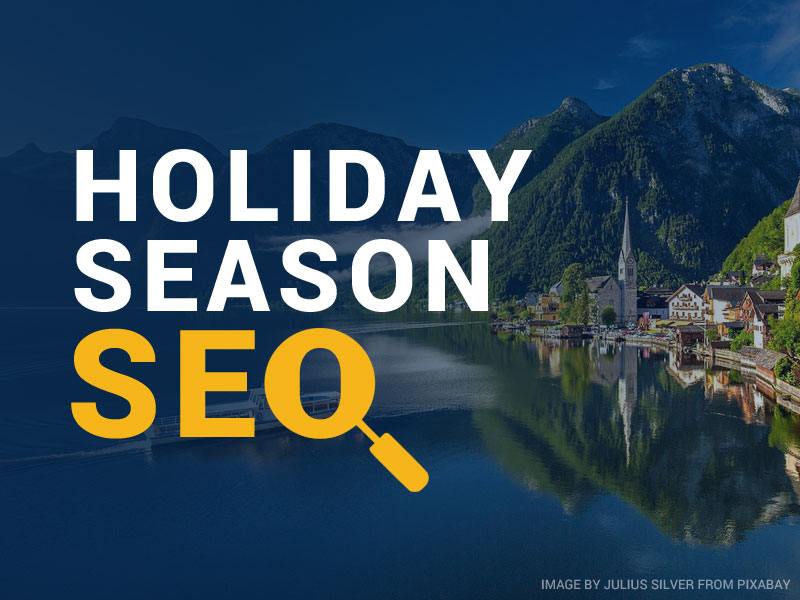Flourishing in organic search nowadays needs optimization of various crucial factors that Google considers the most, like on-page SEO factors, off-page SEO factors, and technical factors. Across the past few years, we’ve seen enhanced growth in off-page optimization strategies, including link building and many more.
However, the truth observed nowadays is, off-page SEO won’t give you great results if you ignore the fundamentals of on-page SEO.
Right?
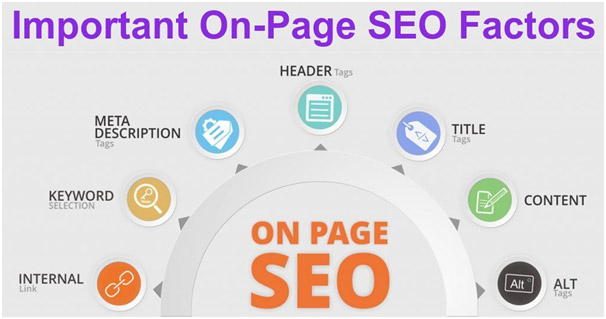
Newbies or professional SEO analysts realize that on-page optimization should also be consistently prioritized. And as the search landscape keeps growing its presence with the latest trends & techniques, it’s crucial to ensure your on-page SEO strategies are also up-to-date.
Today, we will uncover the essential on-page SEO factors you should use if you want to rank high on Google. So, don’t go anywhere! Be with us for the next few minutes & learn how implementing the best on-page factors you can achieve a higher ranking.
9 Must-Use On-Page SEO Factors:
- 1. Meta Description
- 2. Header Tags
- 3. Content Audit
- 4. Image Optimization
- 5. SEO Writing
- 6. Good User Engagement
- 7. Optimize Headlines
- 8. Canonical Tags
- 9. Outbound Links
1. Meta Description
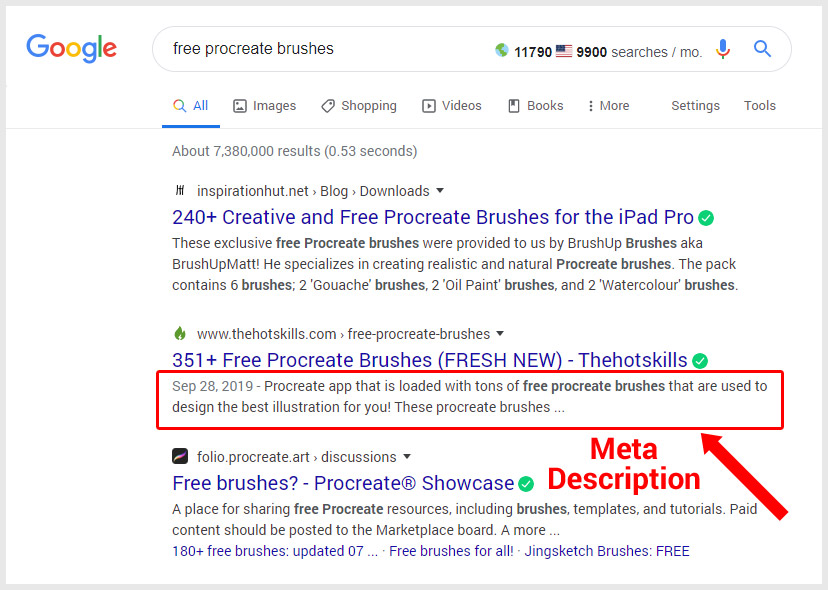
Meta descriptions and meta tags are two crucial on-page optimization factors. It both defines what a page is all about and are usually represented in the SERPs, below the title of the page. Although Google has said in one of its announcements that meta descriptions & tags don’t help in site’s rankings, there is anecdotal proof that complicates characteristics of better explanations do help.
However, optimizing meta description as a crucial on-page SEO factor will help you improve overall semantic optimization. It will boost the click-through rate (CTR) of your site, enhance the perception of the quality of the search results, and help you know what your website needs to be acquired to beat competitive results.
2. Header Tags
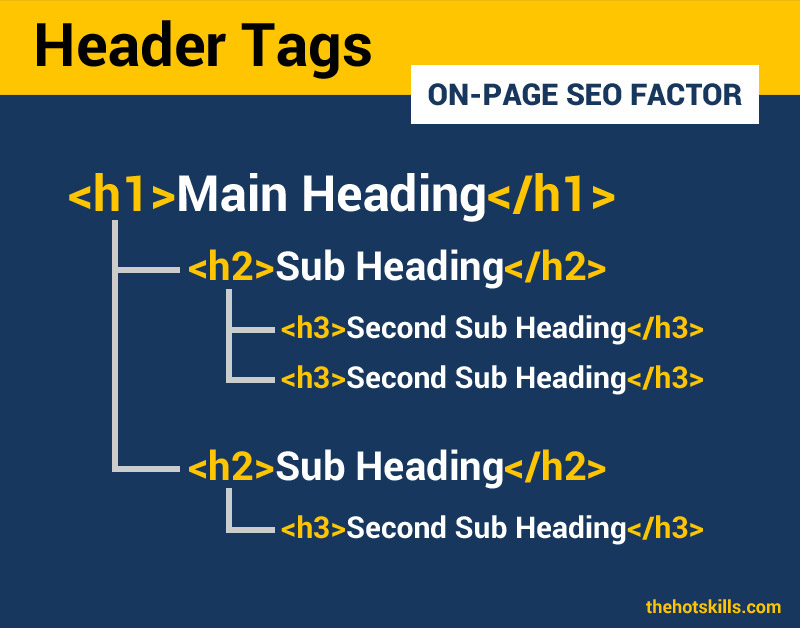
Basically, header tags are essential HTML elements ranging from H1 to H6 and are used to distinguish headings and subheadings in your website content or from another type of document. Although it is to be concluded that these tags aren’t as crucial for your website ranking as they used to be, it still plays a vital role for your audience and your overall SEO.
They possess the power to influence your rankings obliquely. By making a copy of your content more straightforward and understandable for visitors to read, it progresses to engage more users on site. Apart from it, by offering targeted keyword-rich pieces of content for the search engine queries, it will expand its reach & boost your online business presence.
3. Content Audit
The majority of content writers who focus on formulating innovative & unique content sometimes overlook to audit their existing content. And this is one of the most significant errors that can lead to poor ranking. Inspecting your existing content is critically important if you want a quick boost in your site’s ranking.
Content writers neglect to audit content or avoid it for auditing later, but you must audit it for good site’s performance or ranking.
If you don’t know how to audit the content, just follow some necessary steps as mentioned below & achieve a higher ranking.
- Analyze whether your existing content is accomplishing its targeted objectives and achieving better ROI or not? If it seems doubtful to you, then do an audit.
- Know what kind of content can work well for your audience.
- Also, distinguish whether the information in your existing content is true/precise/updated or has got outdated.
Believe us, content audits technique in on-page SEO optimization will significantly help strengthen your SEO strategy and achieve a better ranking.
4. Image Optimization
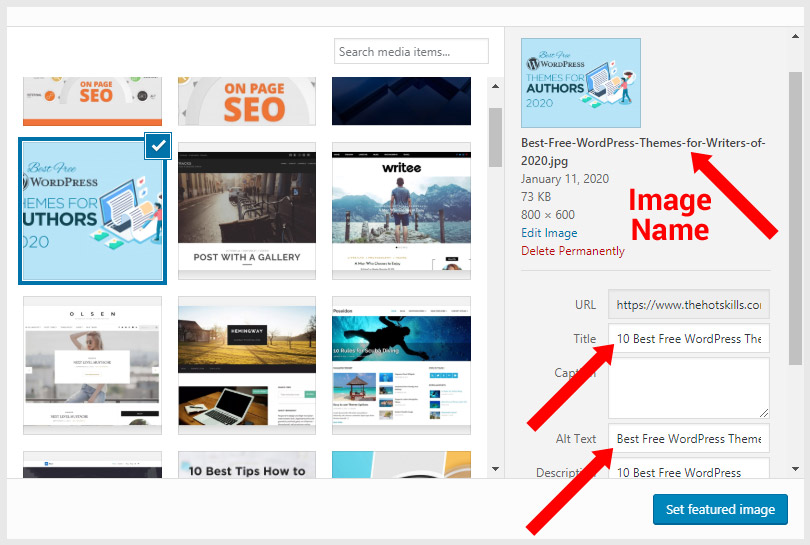
Adding images with your content is a great idea to make your web content look more attractive & engaging. But not all photos will give you the same results. If some will leads to making content engaging and enjoyable. On the other hand, many will make it look boring & give unexpected results.
Right?
So choosing & optimizing images are crucial for you to make the most of your valuable SEO asset – website ranking!
Once you do image optimization correctly, you can have various advantages for your on-page optimization.
- You can achieve new ranking opportunities.
- You can have faster webpage load times.
- You can confront the better user experience.
One thing you need to ensure is that you never add an irrelevant image that neither support your content nor goes well with descriptive titles.
5. SEO Writing
SEO writing is another crucial on-page optimization factor to consider to rank high on Google. SEO writing simply means curating content with both search engines & users in mind. You can write SEO content by following many strategies that will not just help you utilize targeted keywords in the content but also help you achieve better rankings and traffic on your site. If you simply write content, then it will become useless until it doesn’t take you in front of higher competition.
Always remember you’re writing content for your audience. Therefore, it must be of high-quality, productive, relevant, understandable, and best fit for their needs.
Read More: 6 Content Writing Strategies that Give you Fast Ranking Boost in Search Engines
6. Good User Engagement
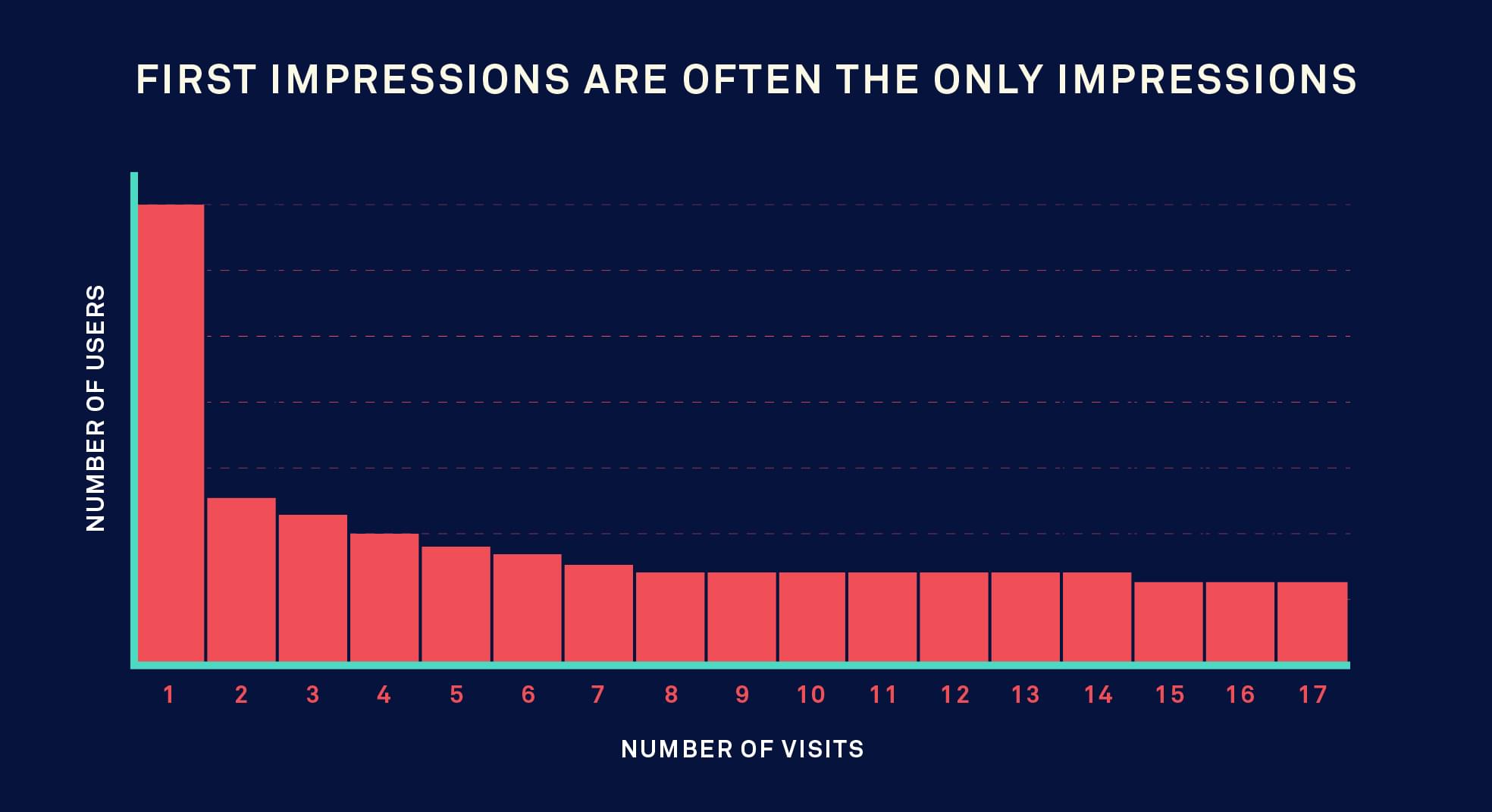
Improving on-page SEO factors is only half of the fight to gain higher ranking. The other half depends on ensuring that your targeted audience will not switch to another site & continue viewing your site’s content. If users are likely to be interacting with your site and keep coming back for more, then you can consider that you have good user engagement on your website.
Recalling users is a big hurdle in itself, but it’s unquestionably achievable. To improve user engagement, start focusing on crucial features, including speed, user experience, content optimization, and many more.
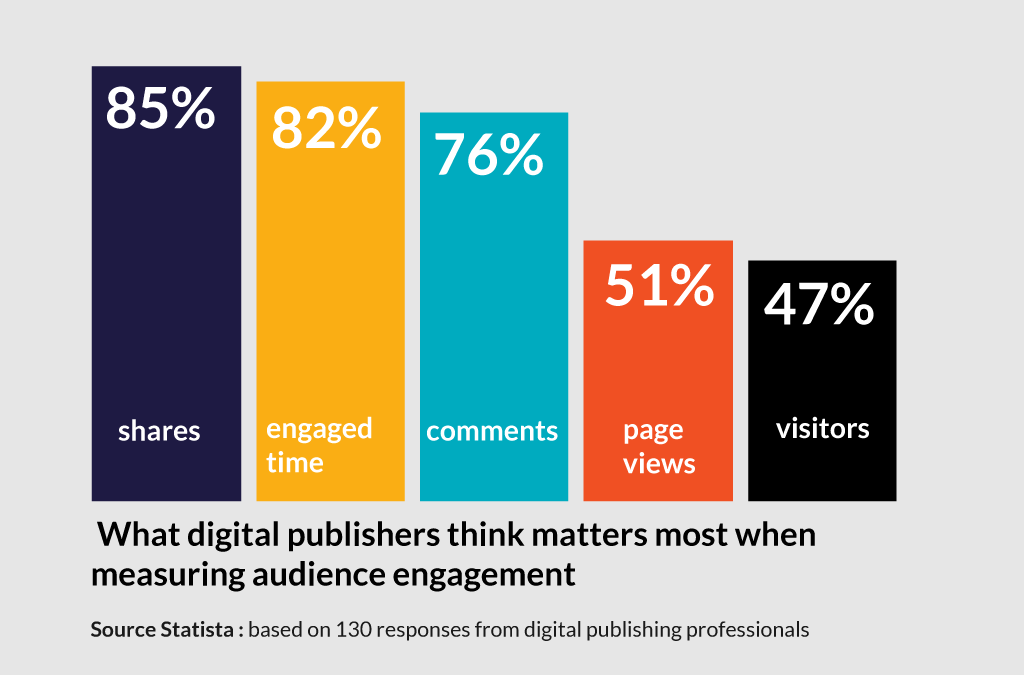 How to measure user engagement online – Source
How to measure user engagement online – Source7. Optimize Headlines
If you really want your site’s content to perform well on search engine results, then there is no better way than writing attractive headlines in the blogs. Writing a generic title for a web site blog seems extremely basic, but curating an appealing headline can create a bigger difference between a simple click and an impression.
Therefore, it’s essential to create headlines appealingly or strategically strong. Your headlines must be like it adds interest to reading blogs & stands out on the SERPs by allowing users to click through and proceed reading the rest of the content.
8. Canonical Tags
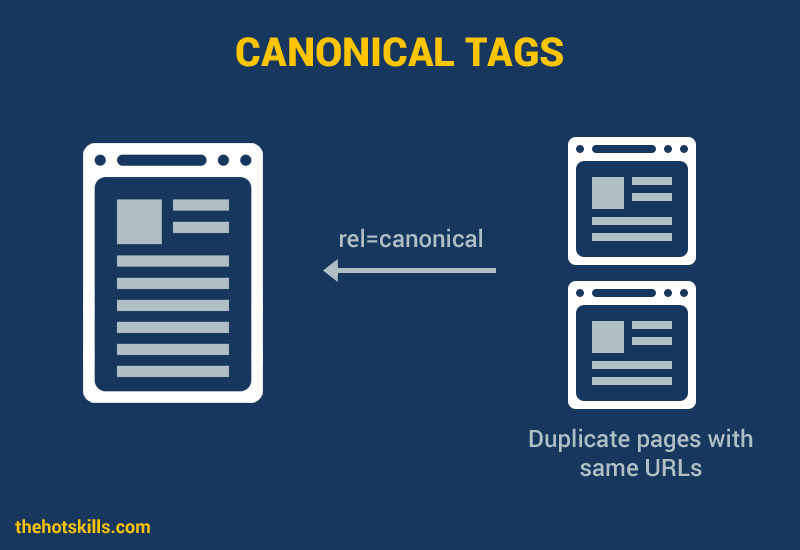
Just like header tags, canonical tags are also crucial on-page optimization factors to consider. Sometimes, having two URLs with the same content is inevitable. Therefore, you should work dedicatedly on it. One of the best ways to hinder this from growing duplicate copy of the content issue is by practising or optimizing canonical tags on your website.
More than just a tag, it is an amazing information deliverer that informs Google that one URL is similar to another and clearly states two pages have the same content. In addition to it, it helps webmasters block duplicate content issues in search engine optimization results by describing the “canonical” report of a web page.
Read More: Canonical Tags: A Simple Guide for Beginners by Ahref
9. Outbound Links
Connection with official pages sends security signals to Google or another popular search engine that the site is on the right track and users are feeling engaged on it.
But have you ever tried to know why your potential users are transferring to another website if you wanted them to learn more about your website’s subject, business, or services? The reason behind it may be users are not getting interesting information from your blog or content.
Therefore you should consider using an outbound link strategy to ensure users never devalue your blogs, and they spend more time on your site. When you connect to relevant domains, it not only helps Google to understand your niche but also helps to enhance the security features and quality of your website, which eventually plays a vital role in your on-page SEO optimization.
Conclusion:
Every website owner wants to achieve a higher ranking on Google with significant traffic as well. However, it is not as easy as it seems to be. It requires the implementation of various crucial strategies, getting up-to-date with ongoing trends & techniques, and, most importantly, employing the right technical terms and methods at the right time.
If you don’t update your website according to the on-going SEO trends, you will no longer be able to achieve the desired success. And one of the best ways to reach close to your dream success is optimizing on-page SEO strategies. Apart from working on off-page and other technical factors, it would be best if you equally work on optimizing on-page factors.
We hope the tips we mentioned above will help you optimize your on-page SEO factors.
If you know other tips, then do share with us. Your response means a lot to us.
You May Like:
- Ways to Check the Quality of Website Content
- SEO Friendly Blog Writing Tips for Beginners – Improve SEO Ranks Successfully!
- Simple Ways to Improve SEO and Increase Organic Search Traffic
- Improve Your Website Ranking Using SEO Friendly Website Design
- 10 Best Free and Paid Tools for Find Long Tail Keywords Research in Any Niche
- 10 Best Free WordPress Themes for Authors of 2020 (Download Now)
- 7 Best Cheap WordPress Hosting Services for Website Owners
